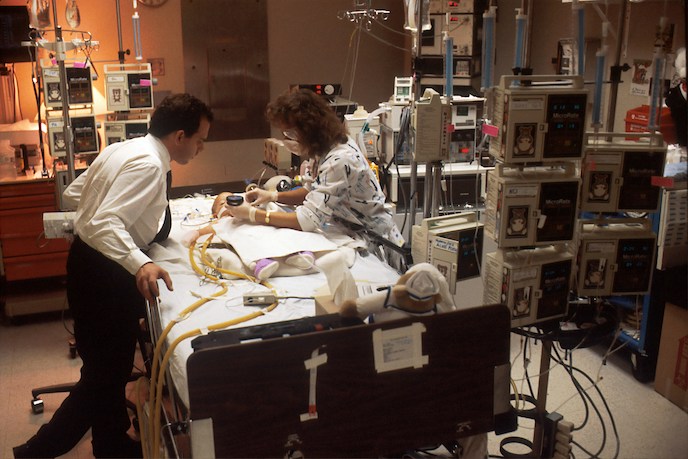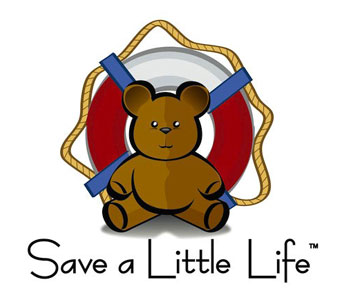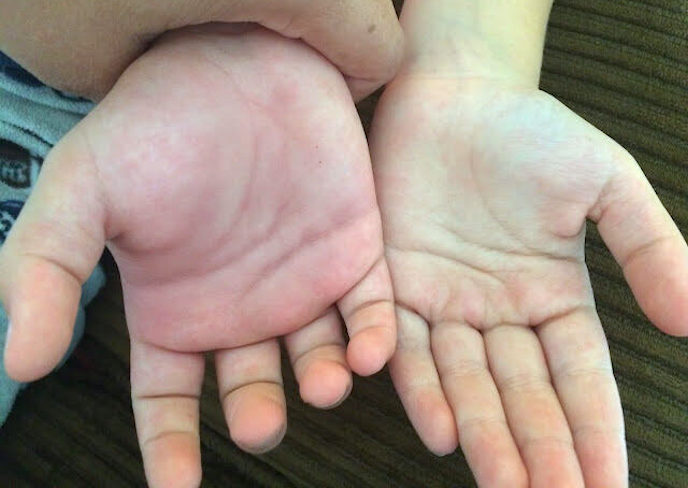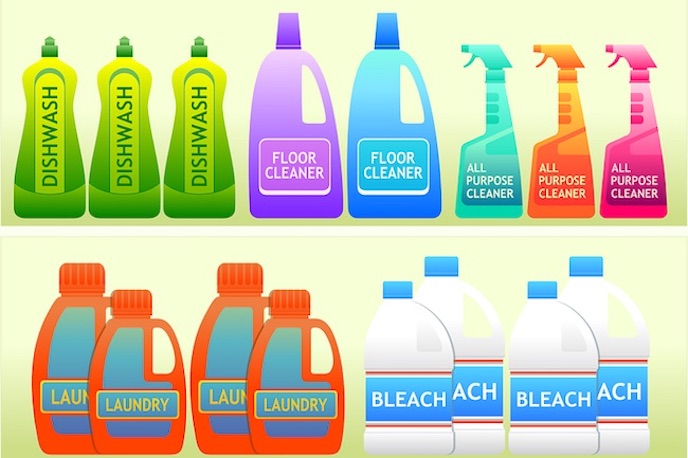Most expectant and recently delivered parents are familiar with the term Neonatal Intensive Care Unit or NICU (“nick-u”) which might be necessary in the case of a newborn that arrives sick or premature. For that reason, all hospitals who deliver babies are required to have access to a NICU, just in case.
But what happens when an older infant or child requires intensive care? Are they also cared for by the NICU unit?
The answer is no. NICU patients are typically newborns, although some NICUs care for babies up to two months old. Beyond that, a Pediatric Intensive Care Unit or PICU is required for all children, generally up to the age of 18.

What’s important to know is that PICUs are specialized units that don’t exist in all hospitals. Therefore, it is important that parents find out where the nearest PICU is located so their little ones can receive the best care if and when they are seriously or critically ill or injured.
For example, let’s say a 3-year-old child has fallen from a height that caused a brain injury and they are showing signs of a severe concussion or worse. That child would require hospitalization in a PICU for intensive monitoring and treatment by specialized physicians and nurses until they were stable and continuing to improve.
PICUs are most often located in medical centers that are teaching hospitals. A teaching hospital trains physicians in all areas of medicine, from pediatrics to neurology to orthopedics and so on. They have 24/7/365 capacity to provide rapid care to babies, children and adolescent patients.
What you need to bear in mind is that these represent only a small percentage of the hospitals in the greater Los Angeles area.
So what happens if the paramedics arrive and determine that your baby or child requires hospitalization?

Paramedics are extensively trained to evaluate and treat infants and children both in your home and en route to the hospital. Please follow their instructions and lead as they are making decisions based on sound clinical judgement.
If they determine that your little one will likely need intensive care, they will not take them to a hospital that cannot care for them, however, it is also possible that they will go to a medical center where your pediatrician does not have admitting privileges.
It goes without saying that ideally, you would want your child to go to a medical center where your pediatrician admits and practices.
So, an important question to ask and one that all parents should know the answer to is where does your pediatrician admit the most serious patients?
It’s helpful to know that pediatricians have admitting privileges at one or more of these medical centers – in fact, many have done their resident training at these centers – but don’t take anything for granted. If you don’t already know, please ask your pediatrician where she or he admits little ones.
In Los Angeles, the following medical centers have a PICU:
- UCLA Medical Center (Westwood)
- Cedars-Sinai Medical Center
- Children’s Hospital of L A.
- County USC Medical Center
- most Kaiser Permanente hospitals
- The recently enlarged Providence/Cedars Tarzana hospital also has a critical care unit for pediatrics
- In outlying areas, Loma Linda Medical Center and Harbor UCLA Medical Center should be included in the list
Save a Little Life™ is dedicated to educating parents, family members, and care providers to respond to most pediatric health emergencies, if needed. Never underestimate the importance of that knowledge. Keeping CPR and airway emergency skills current can make the biggest difference in critical health events.








